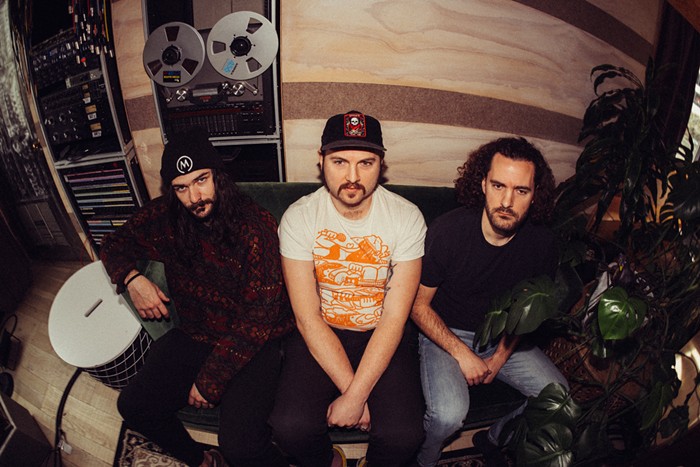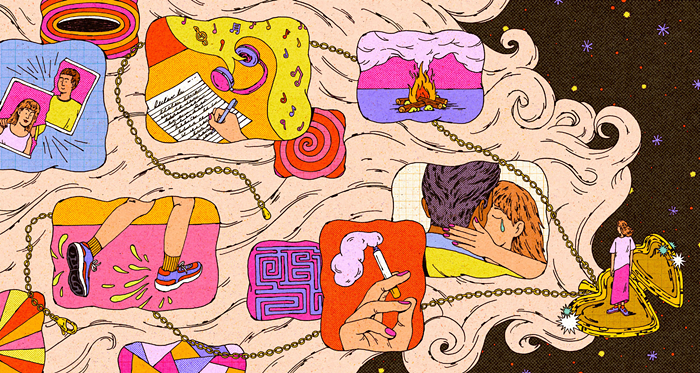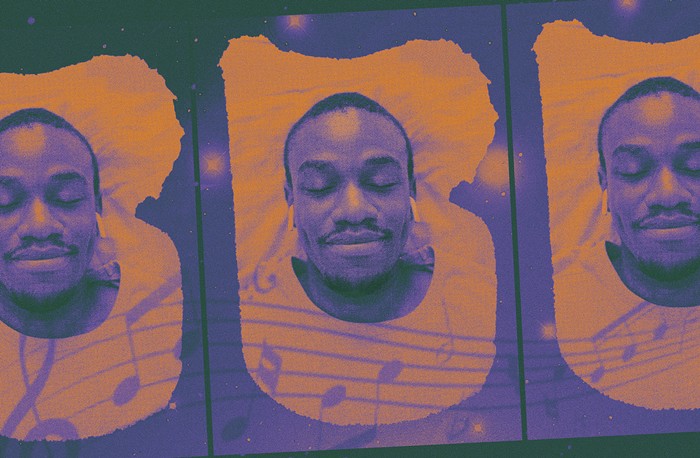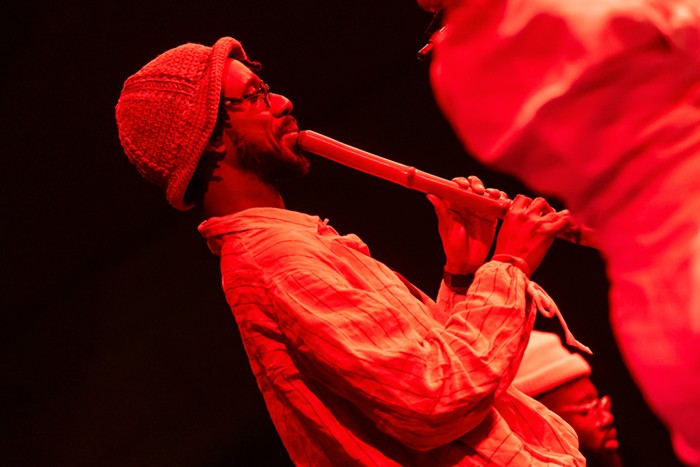Let's begin with a look at a particular period in hiphop history, from 1993 to 1997. Many will argue that, musically speaking, this was hiphop's most beautiful moment. From the Bay Area to NYC to Paris, rappers and producers began a dreamy journey into a sound that had lots of space between boom-bap beats, melancholic but melodic piano loops, horns that were not bold and brassy but brief and haunting, and vibes that were warm like the wooden frame of a window viewing an urban winter world. It was a serene environment for rappers who now had the room to express their ideas clearly and smoothly—there was no rush, no need for alarm, no stress. No matter what the MC wanted to rap about (a crosstown beef, how to drop a gem on them, just another day in the projects, life's a bitch and then you die), he/she could enter the beat in much the same relaxed way a movie star enters a huge and steaming bathtub.
This aesthetic movement came to an end in 1997. Rawkus Records' 1999 Soundbombing II was its final farewell (at least in the United States—Europe was understandably slow to let go of all that beauty) before hiphop entered the long night of an underground that turned to complexity and obfuscation in rhymes and beats (Cannibal Ox, Eyedea & Abilities, Latyrx, Madlib, Black Eyed Peas) and a mainstream that was increasingly indifferent to music as a whole (Nelly, Ja Rule, Ludacris, DMX, Black Eyed Peas). Now, we know that 1987 to 1992 constituted hiphop's modern moment, and that 1998 to 2009 was its postmodern period, but what were the years in between the two? (I actually don't know the answer to this question.) And why did producers and rappers decide to make such a huge investment in sounds and flows that recalled cherry blossom petals carpeting a concrete sidewalk in the first place? For this, I do have an answer: You must remember the point made by hiphop scholar Tricia Rose in her 1994 book Black Noise: Rap Music and Black Culture in Contemporary America—hiphop is about pleasure, and this pleasure provides the urban poor with some relief from the forces of economic oppression. The modern period gave us the pleasures of innovation—the postmodern moment gave us the pleasures of the mind (the underground) and the pleasures of stupidity (the mainstream). What the '90s gave us were the pleasures of just beauty.
Not everyone in the '00s gave up on the '90s. Indeed, one duo in Seattle continued the project as if there had never been a break or end to it. That duo was Common Market. On their two albums (Common Market and Tobacco Road) and EP (Black Patch War), producer Sabzi made '90s-style beats with almost no effort, and rapper RA Scion rocked these spacy, vibey, jazzy, blissed-out beats with a masterful sense of swing. On the track "Slow Cure" (from Tobacco Road), the duo reached something that can only be described as '90s hiphop perfection—it's a track that's up there with the best of the era's best: "93 'Til Infinity," "Leflaur Leflah Eshkoshka," "Masta I.C." After Common Market closed their doors in 2009, RA Scion joined forces with the producer MTK and released Victor Shade, a record that drew inspiration not from the '90s, but from the postmodern baroque pop that has Just Blaze as one of its defining and founding figures. Victor Shade was not bad, and MTK is a talented producer, but RA Scion is not the kind of rapper who is at home in MTK's big, bulky, brassy beats. Last year, however, RA Scion released the EP Beg x Borrow x Steal, which indicated on its concluding track that the '90s were still on his mind. His latest CD, Adding to the Extra, marks his return to familiar ground.
The beats on Adding, which were produced by Todd Sykes (who is one half of Tacoma's City Hall), have all the elements of '90s hiphop: dreamy vibes, melancholy piano loops, ghostly horns, and roomy beats. You will not be disappointed by this album because RA Scion is at his best when swinging to that old and sometimes rusty "tink-tink-tink-tink" of boom-bap's hi-hat. Adding also features outstanding contributions from GMK (on "2nd Sight") and John Crown (on "Amalgam X"). It's already safe to say that RA Scion has released one of the best records of the year, successfully keeping the '90s alive and relevant in a period when much of hiphop lacks definition, direction, or any kind of artistic program.
But RA Scion is not the only one in our town mining and reformulating '90s beats. There is also Wizdumb, a producer who has worked with a number of hardcore underground rappers, released many mixtapes and remixes, and frequently performs at Vermillion Gallery. Whereas RA Scion continues the '90s movement as if it never ended, Wizdumb is an archaeologist in the ruins of its beauty. His work recalls that scene in the video for the Roots' "Concerto of the Desperado": As Black Thought raps, a group of men dig in the ground with their hands and unearth mics, mixers, and turntables from another era. Wizdumb's beats not only sound more found than made (I say this as a compliment of the highest order—hiphop is not about making, but remaking, mining, crate digging), but his almost scientific commitment to analog equipment and scratchy vinyl records reinforces the archaeological feel of his albums, the most recent of which is Basementality. While listening to this excellent record—which contains 23 tracks and features a constellation of excellent rappers (Dem One, Def Dee, Jonny Details, Big X, and Wizdumb himself)—one imagines it was funded by a research institution that green-lighted a grant proposal that stated this as one of its objectives: Wizdumb will locate the most exquisitely melancholy piano loops of 1990s-era hiphop. On tracks such as "The Listen" and "Kittykittykitty," that objective was clearly achieved. Such are the pleasures of excavation. ![]()
This article has been updated since its original publication.




















